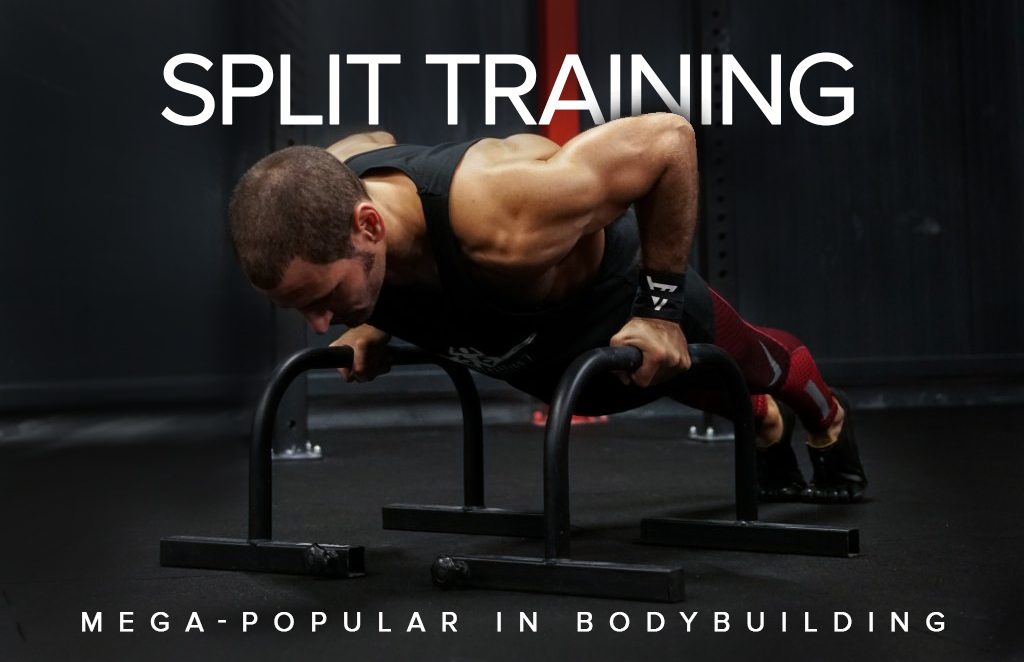Ever noticed people with the most significant gains usually don’t perform the same exercises everyday? That’s because they work different muscle groups on different days. You must have heard of the terms leg-day, arm-day etc. This is a common form of training these days, and it is called split-training.
The idea behind split-training is to exercise different combinations of main muscle group regions for maximum benefit. The main muscular regions are arms, buttocks, legs, chest and back. Commonly, split-training allows you to group arms, chest and back in one session, with legs and buttocks in another session. You can add abdominal training to either of these.
Split-training will allow any individual muscle groups to make significant gains that may include anything from enhanced calorie burn to improved muscle mass. Let’s find out what is so special about split-training and how it is better than full body training.
Benefits of Split-Training?
Split-training will allow you to work intensely on a specific area of your body with the provision of extra days of recovery before working on that again. Split training targets one or two muscle groups intensively, regardless of the exercise. This way you can work more sets and heavier weights every day. Fatiguing a muscle group will also allow that muscle to grow and repair. Moreover, intense training will lead to optimal results for muscle building.
The American Council of Sports Medicine guidelines suggest that there should be at least 48 hours between resistance training exercise sessions for a major muscle group. Split-training allows you to do that!
What Split Training Actually Looks Like?
Here is the training schedule that most of the trainers follow:
Day 1: Chest and Triceps Examples: chest press, chest flies, incline chest press, triceps extensions and triceps pull-downs.
Day 2: Back and Biceps Examples: rows, pull-ups, bent-over rows, biceps curls and rear delt flies.
Day 3: Legs and Abs Examples: lunges, squats, dead-lifts, cable crunches and hanging leg raises.
Day 4: Shoulders and Triceps Examples: Shoulder press, lateral and front delt raises, skull crushers.
Day 5: Biceps and Triceps Examples: biceps curls, triceps dips, hammer curls and triceps kickbacks.
The above mentioned program mainly focuses on the upper body. You can also change it according to your priorities. It all depends on your fitness goals, and that’s how you are going to align your workouts. Your training requires a lot of smart planning and and programming.
Should You Be Doing This?
Experts believe that is the best exercise routine for athletes who have to work throughout the week. This work out takes ample time to plan and execute so it is not for beginners or casual exercisers. This is because they won’t be able to put up in an adequate amount of work to get the maximum out of split training.
Regardless of how you identify yourself, split-training is for you, whether you are an ‘athlete’, a ‘bodybuilder’ or even a ‘fitness enthusiast’. A certified trainer can always help you develop a plan according to your needs and goals whether you are a newbie or a longtime lifter.
It is important not to skip any workouts with a split routine, as each one has a different focus. Allowing too long to go between workouts of a muscle group leads to impaired progress. If you are unable to keep to a strict schedule, a total body workout may be the better option.

